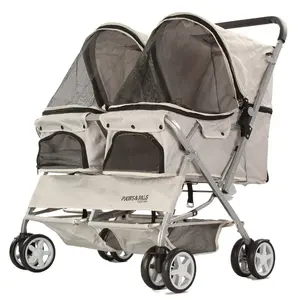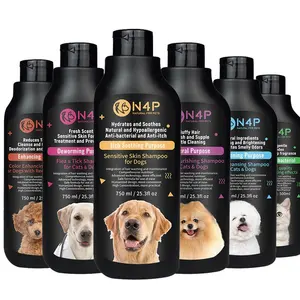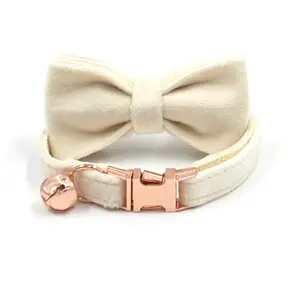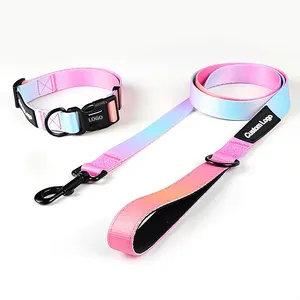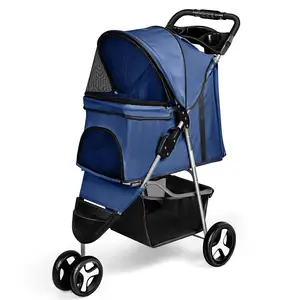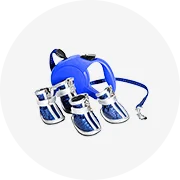Popular in your industry













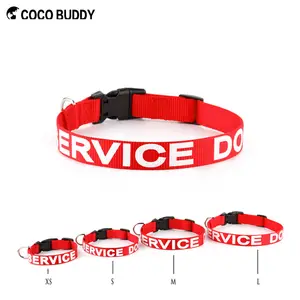

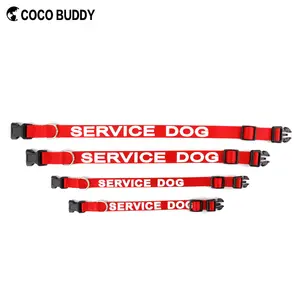














































Top categories
About dog training chain collar
A dog training chain collar is a specialized type of collar designed for training dogs, particularly in correcting behavior and teaching leash manners. These collars are also known by various other names such as choke chains or slip collars. They are constructed to tighten under tension and release when the tension is reduced, providing a clear signal to the dog about the desired behavior.
Types of Dog Training Chain Collars
Within the category of dog training chain collars, there are several types designed to suit different training needs and dog breeds. The herm sprenger fur saver is favored for its gentle approach to fur and skin, reducing the risk of damage during training. For smaller breeds, lightweight choke chains for small dogs are available, which provide the necessary control without undue pressure. Conversely, larger breeds may require the sturdiness of a titan dog collar, known for its resilience and strength. Some training collars incorporate a quick release feature, allowing for immediate disengagement, which is crucial in an emergency. The herm sprenger choke chain is recognized for its precision and quality, often used by professional trainers for its reliability and effectiveness.
Structure of Chain Training Collars
The chain training collar is ingeniously simple in its design yet highly functional. It typically consists of a length of chain with a ring at each end. The collar works by pulling one end of the chain through one of the rings, creating a loop that can be placed over the dog's head. A leash can then be attached to the other ring. When the dog pulls or if the handler gives a correction, the collar tightens around the dog's neck, signaling the dog to adjust its behavior. Advanced designs may include additional features such as a swivel to prevent the chain from tangling, a stopper to limit the extent of tightening, and rubber or plastic coatings on certain parts to enhance grip and comfort.
Materials Used in Dog Choker Leads
The selection of materials for dog choker leads is critical for both the functionality and longevity of the collar. Stainless steel is a common choice for its non-corrosive properties and strength, ensuring that the collar maintains its integrity over time. Alternative materials such as alloy, copper, or even iron may be used for their specific properties, such as lighter weight or aesthetic appeal. Some collars are inlaid with decorative elements like rhinestones or come with a chrome or gold finish for owners looking for a more stylish option. The choice of material also affects the tactile feedback that is essential for effective communication between the handler and the dog during training sessions.
Business Usages and Applications
Dog training chain collars are invaluable in various business settings. Dog trainers and behaviorists rely on them for behavior modification and obedience training. Kennels use them for managing dogs during walks and exercise sessions. Pet stores often recommend them to experienced dog owners looking for a training aid. In the security sector, these collars are used to train guard dogs, ensuring they respond correctly to commands. The use of these collars in such settings underscores their value in achieving well-behaved canine companions, which is essential for the safety and enjoyment of both the dogs and their handlers.
Functions of Choke Chain Dog Collars
The choke chain dog collar serves a specific function in dog training, primarily to provide immediate and corrective feedback to the dog. It is designed to tighten under tension when a dog exhibits unwanted behavior and to release when the behavior is corrected, thus reinforcing proper leash etiquette. The collar also serves as a deterrent for dogs that tend to pull, as the tightening sensation encourages them to stay close to their handler. Beyond correction, these collars are also used to convey subtle commands and cues during advanced training exercises.
Features of Dog Training Chain Collars
The dog training chain collars boast several features that make them a preferred choice for trainers. The immediate correction feature allows for timely communication with the dog. The durability of materials like stainless steel ensures that the collar can withstand the rigors of training without breaking. Some collars feature a reflective coating for increased visibility during night walks. The design of the herm sprenger fur saver specifically addresses the issue of fur damage, a common concern among owners of long-haired breeds, making it a unique offering in the market.
Benefits of Using a Training Chain Collar for Dogs
The use of a training chain collar for dogs offers several benefits. It provides a non-verbal method of communication that can be more effective than voice commands alone. The collars are adjustable, ensuring a proper fit for any dog size, which is crucial for the safety and comfort of the animal. When used correctly, these collars can facilitate a faster training process, leading to a well-behaved pet in less time. This can greatly enhance the dog-owner relationship, as it helps to establish clear boundaries and expectations.
How to Use a Choke Chain Collar?
Correct usage of a choke chain collar is essential for it to be a safe and effective training tool. The collar should be placed high on the dog's neck, just below the jaw and behind the ears. This position allows for controlled correction with minimal pressure. It is important to use quick, gentle tugs rather than sustained pulling to avoid causing discomfort or harm to the dog. The collar should always be used under the guidance of a professional trainer, especially for those new to this training method.
Choosing the Right Dog Training Chain Collar
Selecting the appropriate dog training chain is crucial. The collar must be the correct size for the dog's neck and strength level. A collar that is too tight can cause discomfort or injury, while one that is too loose may not provide the necessary correction. The weight of the chain should also be appropriate for the dog's size and breed. Additionally, the style of the collar, whether it be a fur saver or a standard choke chain, should be chosen based on the individual dog's training needs and fur type.
Cleaning and Maintaining Your Dog's Chain Collar
Regular cleaning and maintenance of a dog choking collar are important to ensure its longevity and functionality. The collar should be cleaned with mild soap and warm water to remove dirt, saliva, and any environmental residues. After cleaning, it should be thoroughly dried to prevent rusting, especially if the collar is made of materials prone to oxidation. Periodic inspection for any signs of wear, such as weakened links or damaged rings, is also important to ensure the safety of both the dog and the handler during use.
Target Audience for Different Types of Dog Training Chain Collars
The target audience for dog training chain collars is quite diverse, ranging from professional dog trainers who require reliable and effective tools for behavior modification, to experienced dog owners who are looking for a training aid to help maintain control over their pets. These collars are also sought after by security professionals who train dogs for protective services, as they require a collar that can withstand intense training scenarios. The specific needs and preferences of these various groups are met by the wide range of collars available, each designed to address particular training goals and dog behaviors.
Are choke chain collars suitable for all dogs?
Not all dogs are suitable candidates for choke chain training. Dogs with respiratory issues, neck injuries, or those prone to aggressive behavior may require alternative training methods. Consulting with a professional trainer before using a choke chain is recommended.
How to ensure the safety of my dog when using a choke chain?
To ensure safety when using a choke chain dog collar, never leave it on a dog without supervision, as it can pose a strangulation risk. Additionally, learning proper techniques from a professional trainer can prevent injury and ensure effective training.
What are the alternatives to choke chain collars?
For owners uncomfortable with the concept of choke chains, there are alternatives such as martingale collars, harnesses, and head collars that provide control without the choking mechanism. These alternatives can be equally effective when used correctly.
